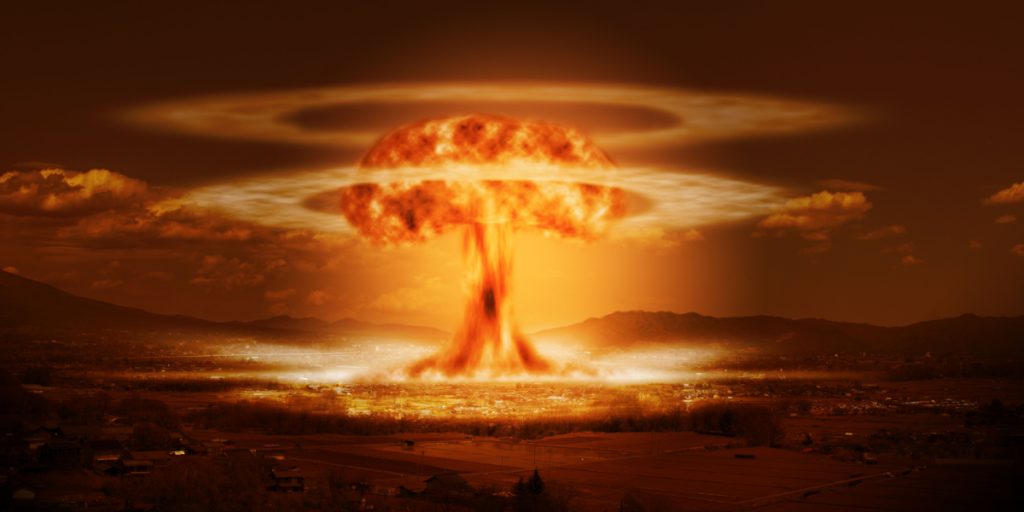Let’s hope we never get to see which of the theories are accurate.
Others are reading now
Let’s hope we never get to see which of the theories are accurate.
Nuclear Holocaust
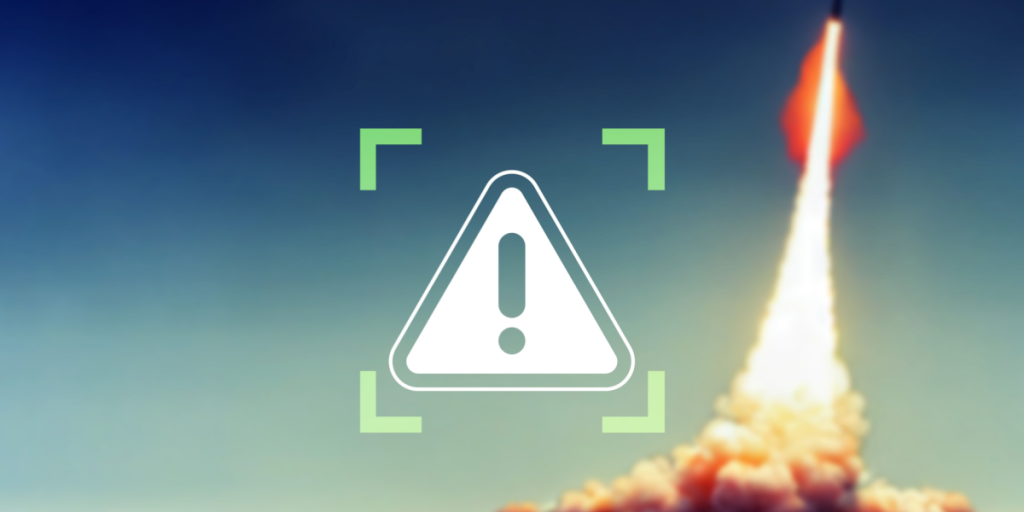
Theories about the consequences of a global nuclear war—often described in terms like nuclear holocaust—span multiple disciplines, from climate science to geopolitics.
Full-scale war between Major Powers
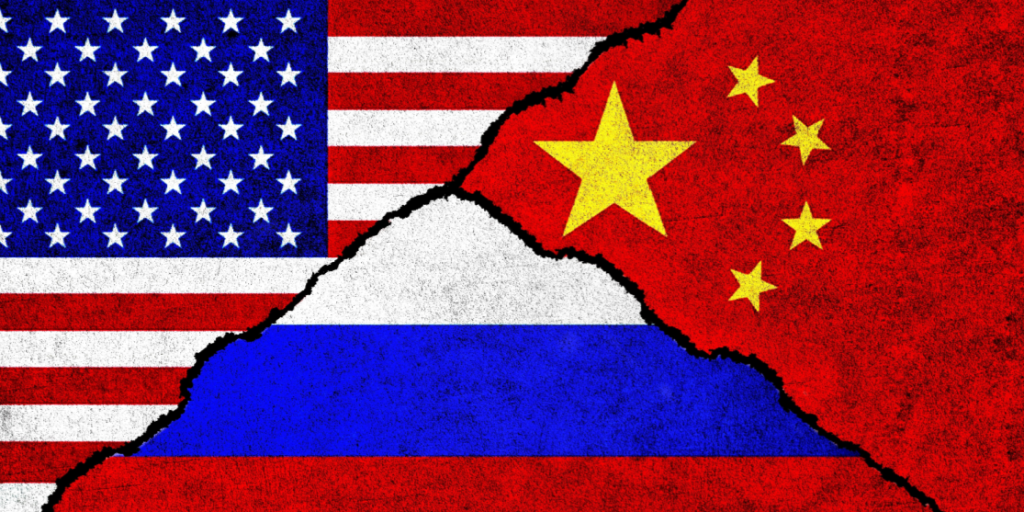
The following is structured rundown of the major theories and models that explore what might happen if a full-scale nuclear exchange occurred between major powers like the US, Russia, or China.
Immediate Human Casualties and Urban Destruction
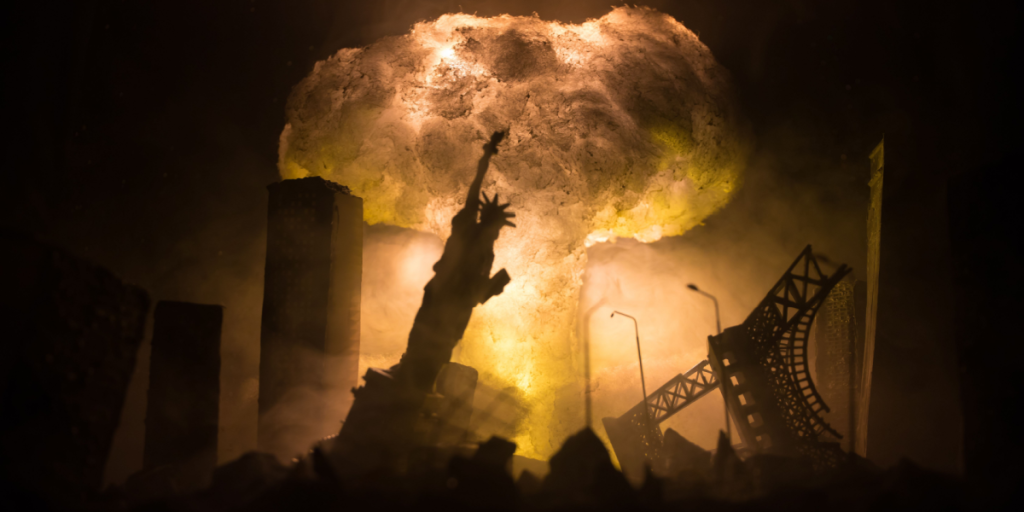
A full-scale nuclear war would likely cause hundreds of millions of deaths within hours.
Strategic targets such as major cities, military bases, and infrastructure hubs would be vaporized or severely damaged.
Also read
Thermal radiation, shockwaves, and fires would kill instantly, while millions more would suffer severe burns, injuries, and radiation exposure.
Nuclear Fallout and Radiation Poisoning
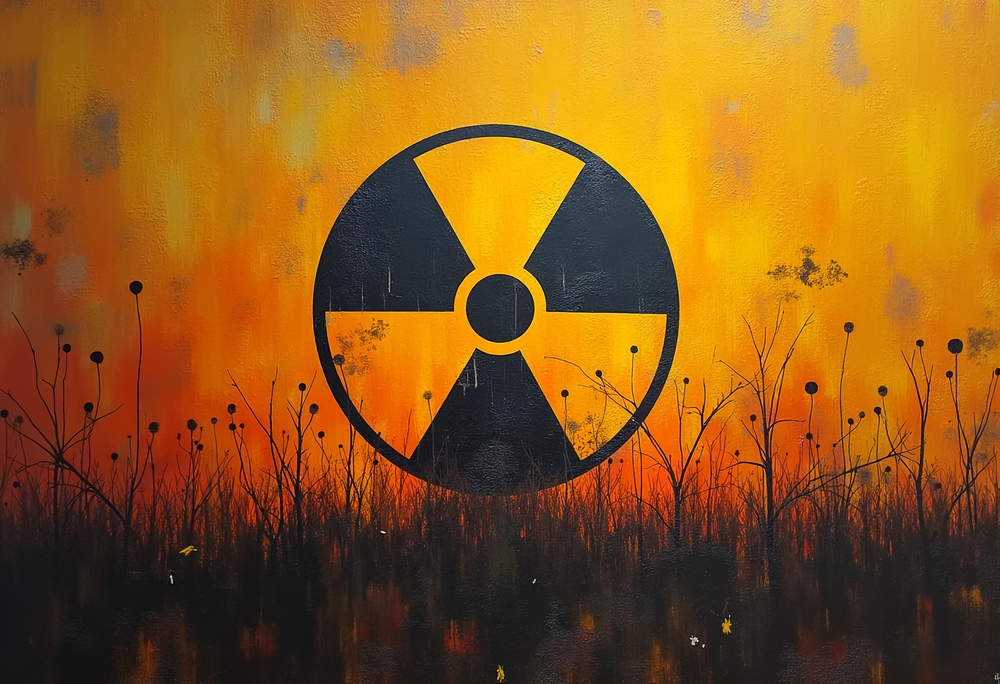
Survivors of the initial blasts would face radioactive fallout—fine particles of irradiated debris that settle over large areas.
Fallout can cause acute radiation sickness, long-term cancer risks, and genetic damage. High-radiation zones could remain uninhabitable for decades.
Nuclear Winter Hypothesis
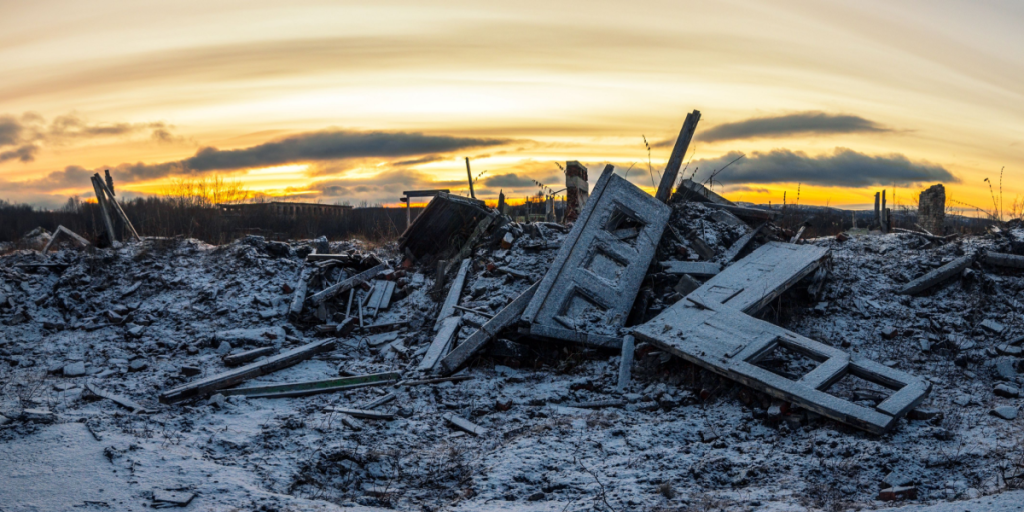
One of the most alarming scientific theories is “nuclear winter.” This scenario suggests that fires ignited by nuclear blasts—especially in cities—would release massive amounts of soot into the stratosphere.
This would block sunlight for months or even years, drastically lowering global temperatures and collapsing agricultural systems.
Also read
Global Famine and Agricultural Collapse
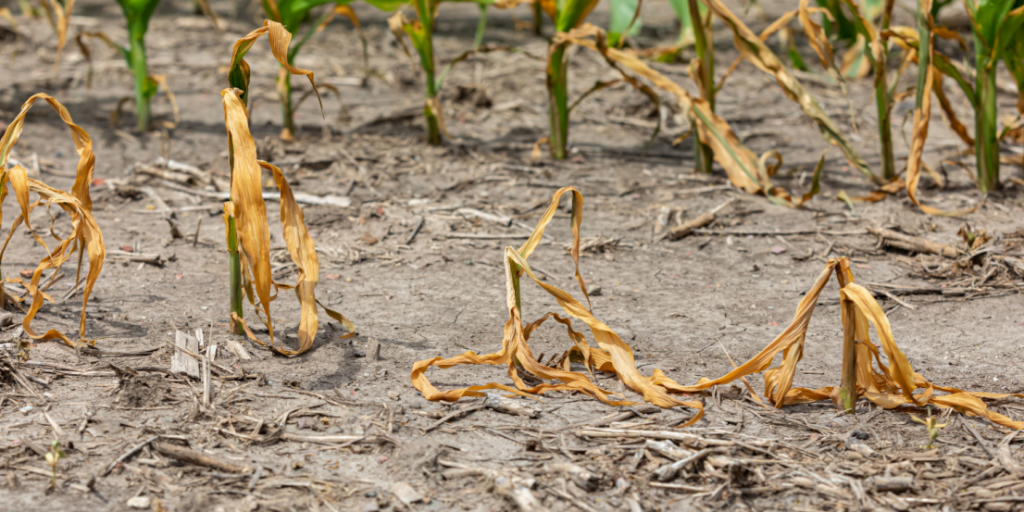
Even countries not directly hit could suffer. Nuclear winter models predict shortened growing seasons, widespread crop failure, and food shortages.
Grain production in places like the US, China, and Russia could drop by 50–90%, triggering famines that kill billions over time.
Ozone Layer Destruction
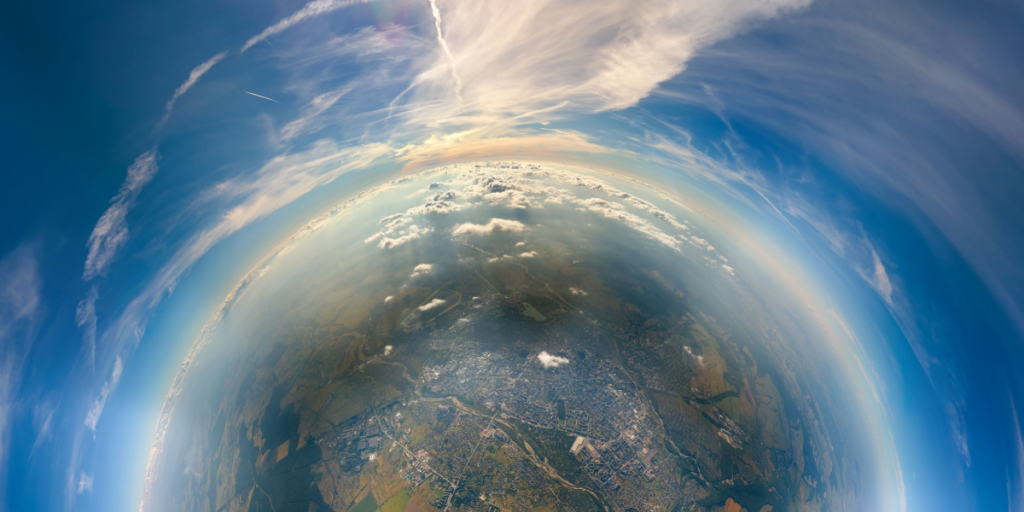
Nuclear explosions release nitrogen oxides that can severely damage the ozone layer.
Some models suggest up to a 50% reduction in ozone, increasing UV radiation at ground level.
This would further harm agriculture, ecosystems, and human health.
Also read
Electromagnetic Pulse (EMP) Effects
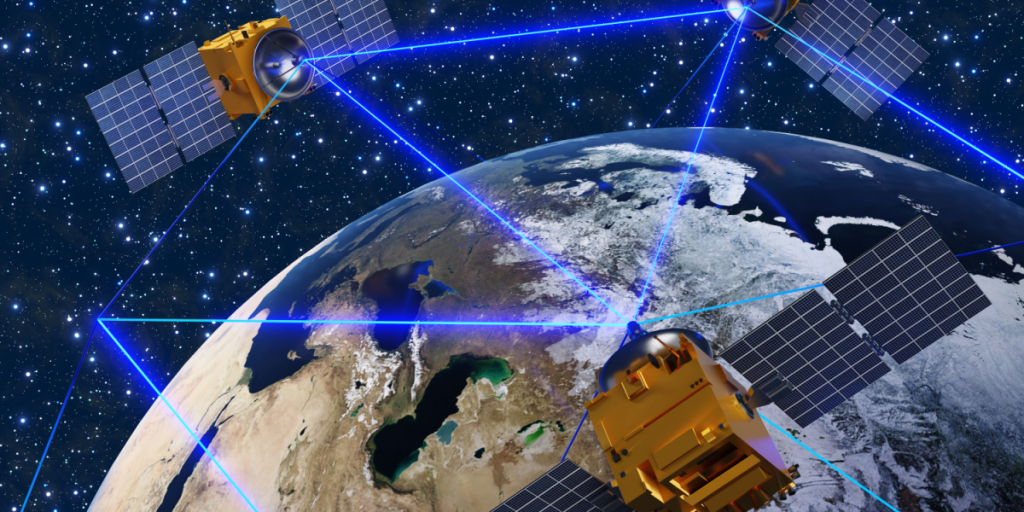
High-altitude nuclear detonations could unleash EMPs capable of disabling power grids, satellites, and electronic infrastructure across vast regions.
This could paralyze communications, transportation, and emergency response systems in unaffected areas.
Economic Collapse and Global Panic
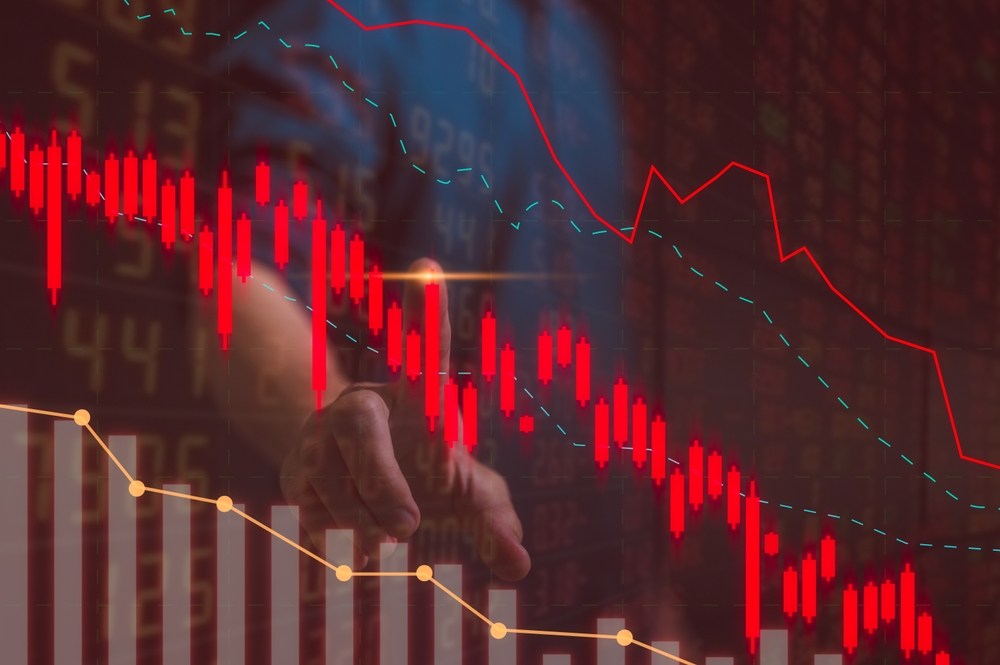
Even without direct hits, global financial markets would likely crash due to the destruction of key economic centers and the collapse of trade and supply chains.
Panic, hyperinflation, and a breakdown in law and order could follow in nations not directly attacked.
Breakdown of Governance and Civil Order
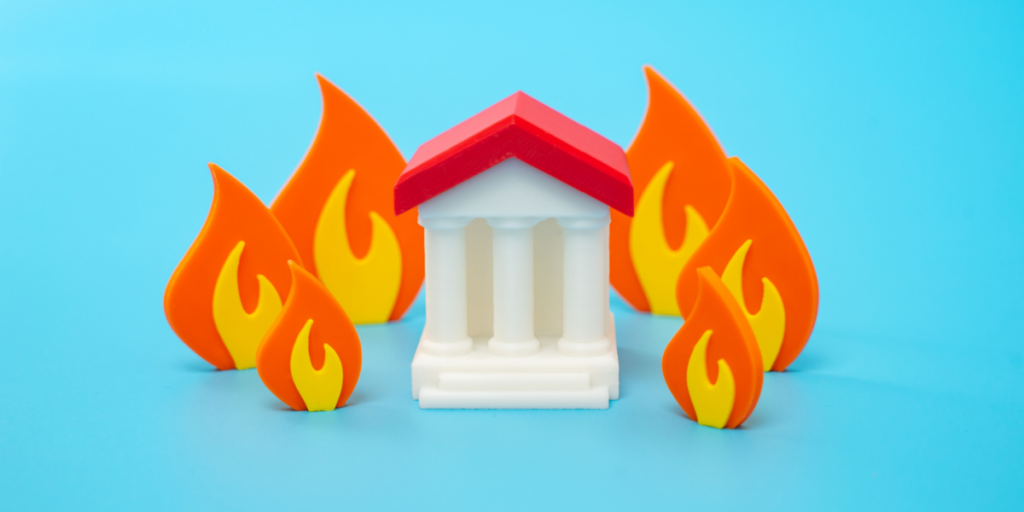
Mass death, resource scarcity, and communication blackouts could destabilize governments.
Also read
Martial law, civil conflict, and state failure might spread, particularly in heavily affected or dependent regions.
Biosphere Disruption and Ecosystem Collapse
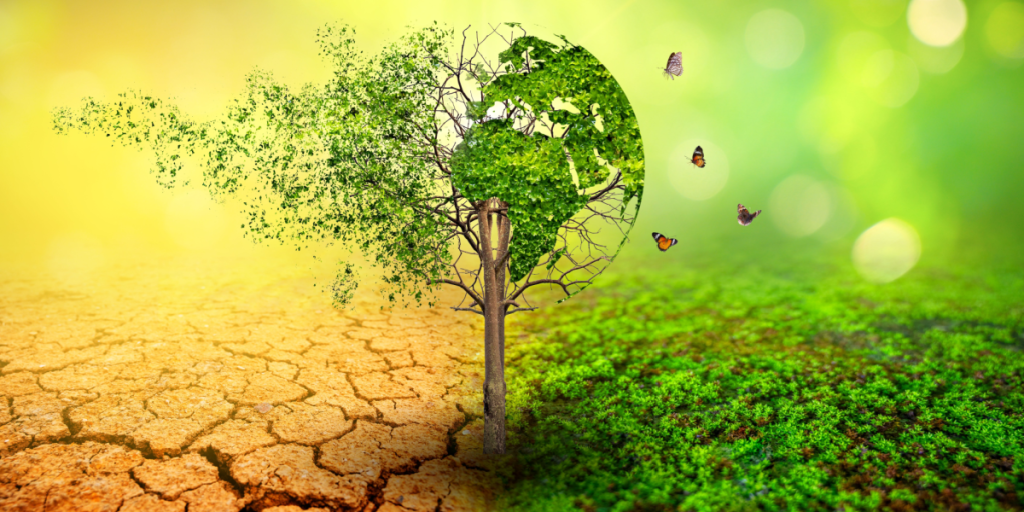
Sudden climate shifts, acid rain, radioactive contamination, and the collapse of pollinator species would ripple through the food web, affecting biodiversity and long-term environmental stability.
Psychological and Cultural Trauma

The psychological toll on survivors—mass grief, PTSD, social dislocation—would be incalculable.
Civilizations might regress, and cultural memory of the catastrophe could define global politics and identity for generations.
Partial Recovery or Permanent Decline?
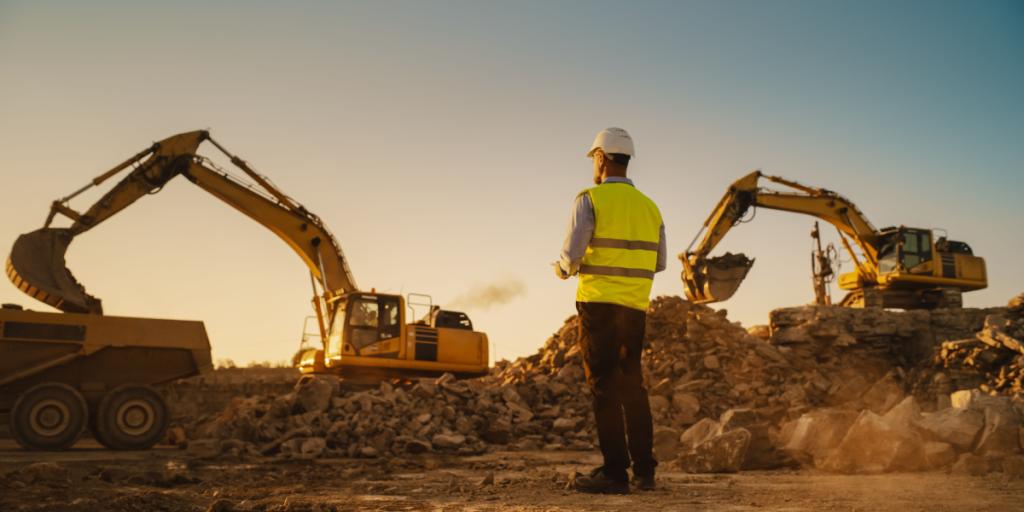
Some theories suggest that humanity could slowly rebuild in isolated regions, while others argue the damage would be too great.
Also read
Critical losses in knowledge, infrastructure, and biosphere stability could prevent a return to modern civilization for centuries—if ever.
Geo-Political Reordering or End of Nation-States
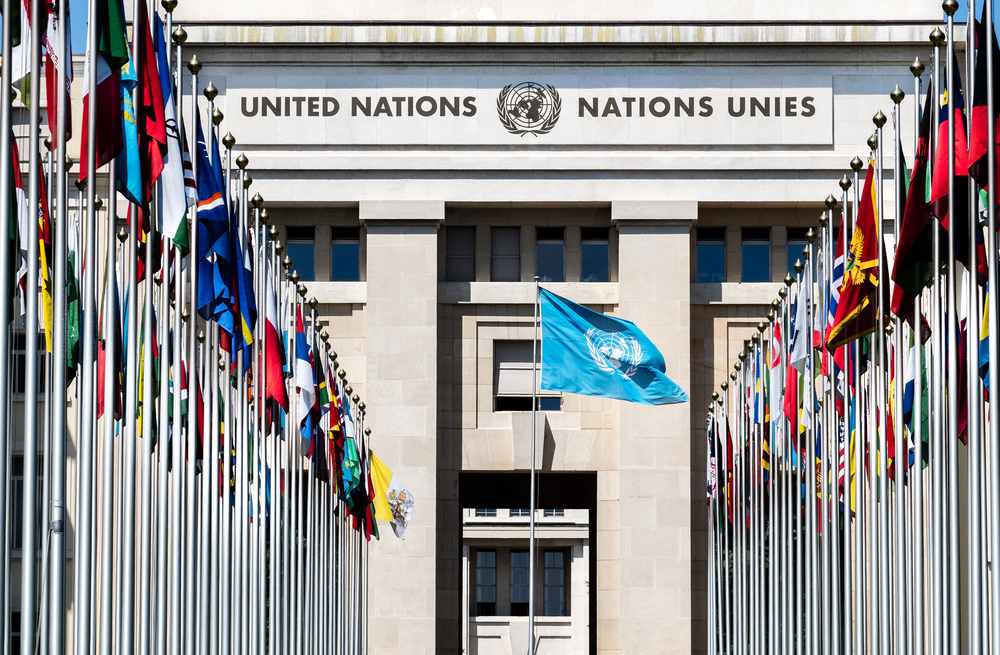
With superpowers neutralized, smaller or non-nuclear nations might rise in influence—or anarchy could reign.
Global governance, such as the UN, could collapse or transform radically, altering the structure of international relations permanently.
Moral and Ethical Reckoning

Some scholars argue that a global nuclear war would provoke a deep philosophical and ethical crisis.
The aftermath might involve reevaluations of technology, warfare, and human nature, if any political or cultural structures remain capable of reflection.
Also read
Anthropocene Extinction-Level Event
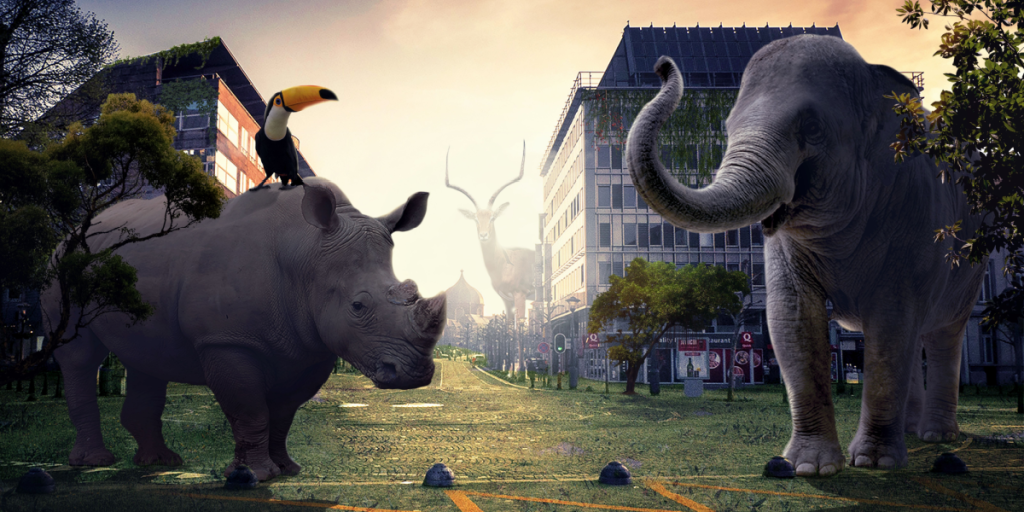
In the worst-case scenario, nuclear war could tip Earth into an irreversible path of biosphere collapse and human extinction.
While not as total as an asteroid impact or supervolcano, a full nuclear exchange could still rank among Earth’s most severe extinction events.
Alternate Theories: Limited or Survivable War

Some military theorists argue that nuclear war might be “limited” or “survivable” under certain conditions—such as tactical-only exchanges or missile defense successes.
However, most scientists and historians view these views as dangerously optimistic or politically motivated.

